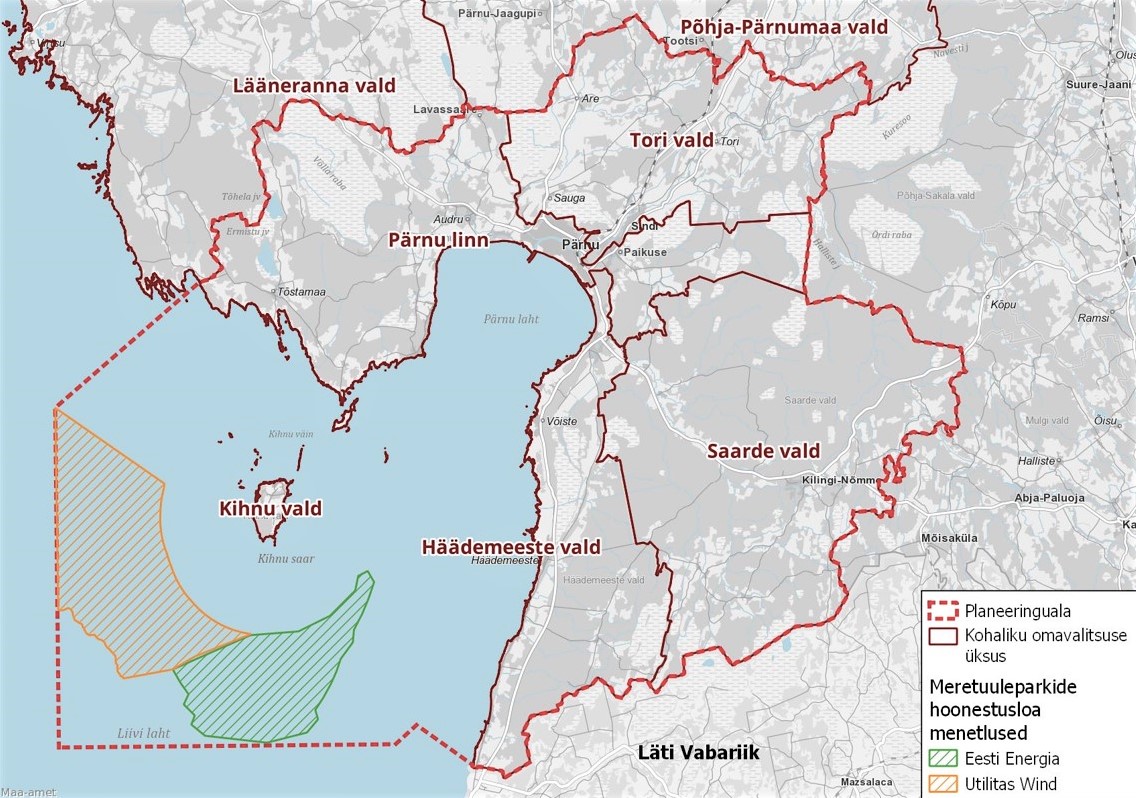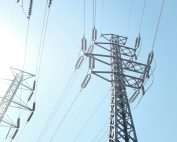On the 4th of August, the government of the Republic of Estonia decided to initiate a national designated spatial plan for building the electricity connection to the Gulf of Riga, so that the offshore wind farm of AS Eesti Energia can be connected to the main grid on land.
“One of the main tasks and priorities of the government is to help solve the energy crisis,“ said Riina Solman, the Minister of Public Administration. “The coalition agreement also states that for the year 2030, Estonia produces as much renewable energy as it consumes.“
According to the minister, the price of electricity for the average consumer today depends on the price level of the Nord Pool market area, so every additional renewable energy production opportunity will be helpful in the future. “Since the wind and the sun continue to be the cheapest and most environmentally friendly ways of energy production, the planning of offshore wind farms allows us to meet the goals of Estonia’s national climate and energy policy, and to increase the reliability of electricity supply and our energy safety“ said the minister.
The development of the Gulf of Riga offshore wind farm is currently the most advanced one of the existing offshore wind projects in Estonia – the construction permit procedure is underway, the area has a valid offshore plan for wind energy and the environmental impact assessment programme has been approved. According to Eleri Kautlenbach, the adviser on national designated spatial plans at the Ministry of Finance, the generated electricity will be brought to land via a sea cable, and an onshore power line is also necessary. “We are preparing a designated spatial plan for this route in order to determine where the cable will go and at which point on land it will be connected to the main network,“ explained Kautlenbach.
The area of the spatial plan is approximately 5404 km2 and it includes the gulfs of Riga and Pärnu in the Estonian sea area, Häädemeeste, Tori, Kihnu and Saarde parishes, and the city of Pärnu on the mainland. The estimated time for preparing the spatial plan is six years, and the planning process is public – anyone can participate and submit proposals.
The location of the offshore wind farm has been previously planned in the Pärnu marine area plan. The wind farm is planned with a capacity of up to 1000 MW, with 50-100 wind turbines depending on the height and other technical parameters of the wind turbines.
A mandatory strategic assessment of the environmental impact will also be carried out during the preparation of the national designated spatial plan, and economic, cultural, social and environmental impacts will also be assessed. As an interested party, Eesti Energia AS will bear the costs of the impact assessment, necessary studies and preparation of the spatial plan.
Source: Ministry of Finance of the Republic of Estonia














